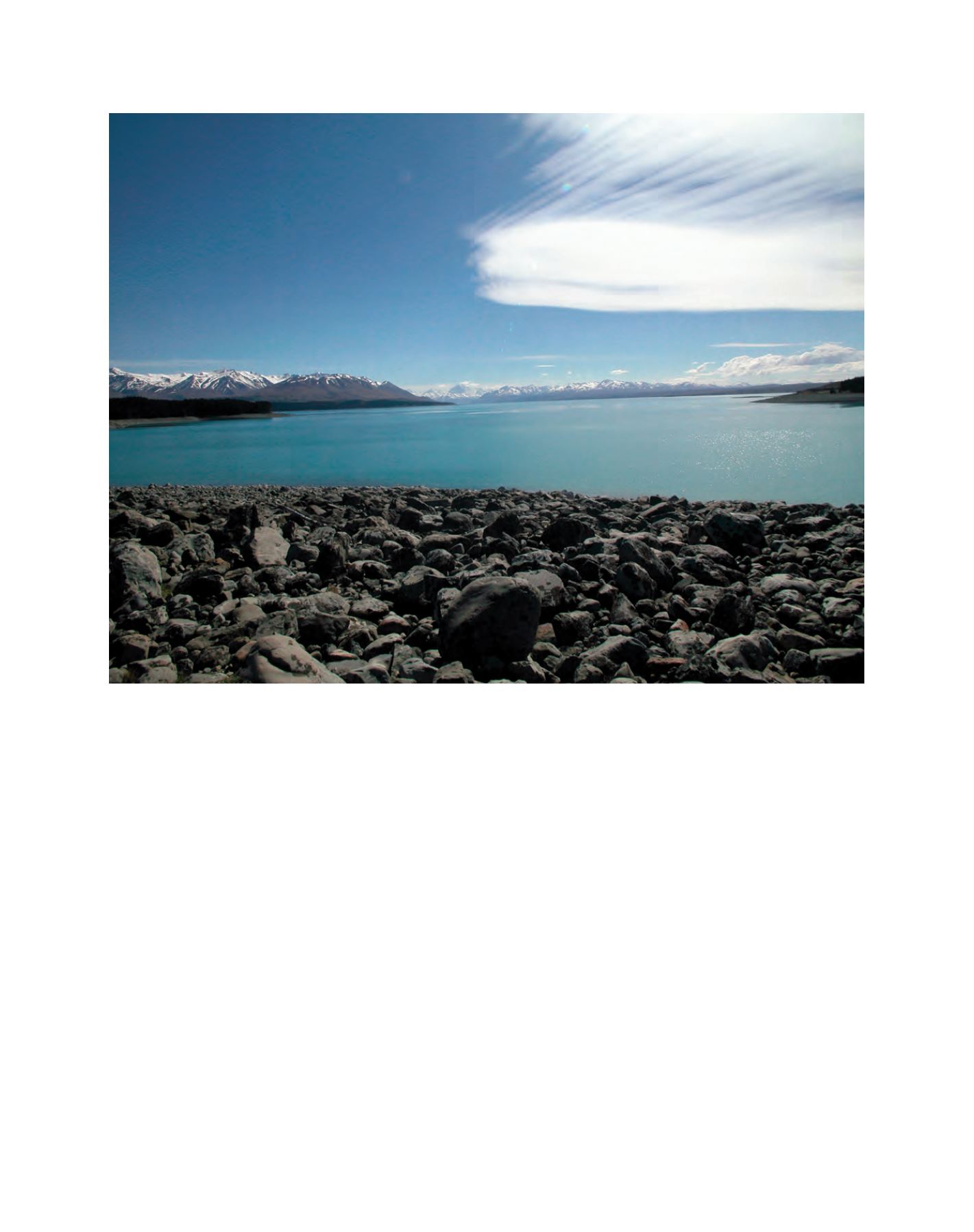

[
] 153
O
bserving
, P
redicting
and
P
rojecting
C
limate
C
onditions
seasonal predictions ahead, and shorter term flow fore-
casting (up to four days ahead).
A meeting on the climate information needs of the
water planning and management community was
held at WMO in 2006. The objective was to provide
a platform for dialogue between water managers and
climatologists and consider a project concept to facili-
tate and expand the use of climate information in water
resources management. The meeting developed a set
of conclusions to guide interactions between water
management and climate information, including:
• Recognition that both water managers and climate
information providers benefit from addressing
common issues
• General consensus that climate information has high
potential value, but that there are still large uncer-
tainties with regard to the kinds of quantitative
information water managers traditionally use
• Most immediate opportunities exist at the scale of
seasonal climate outlooks, as this type of informa-
tion is easier for water managers to assimilate
• Opportunities should be based on temporal syner-
gies, that is, using climate information on different
relies upon routine communication between the Centre’s clima-
tologists and oceanographers (based at offices in Wellington and
Auckland) and hydrologists (Christchurch). Over ten years of
monthly operations, greater understanding has developed between
the two science areas, and an increased awareness of each disci-
pline’s terminology. At the same time an operational environmental
forecasting (up to six days ahead) capability is being developed
among the weather scientists, oceanographers and hydrologists.
In 2001, the Centre’s soil moisture and streamflow predictions
changed from simply above normal, normal or below normal
predictions for the time of year, to quantitative probabilistic
predictions – predicting probabilities of three-month soil mois-
ture levels and mean river flows being in the top, middle or bottom
third of their distributions.
1
The accuracy of streamflow predictions has been assessed.
The skill level is better than ‘climatology’ (the null prediction of
apportioning 33 per cent probabilities to each third). Biases in flow
predictions have been examined. Predictions of normal or below
normal flows predominated over above normal predictions. The
biases were associated with the difficulty of predicting the climate
for extreme weather events a season ahead. Reliable records of
river flows can be presented in near real-time. Knowledge of the
status of river flows now is useful as initial conditions for making
Lake Pukaki, South Island – New Zealand’s largest hydropower generation source
Image: Steve le Gal, NIWA
















